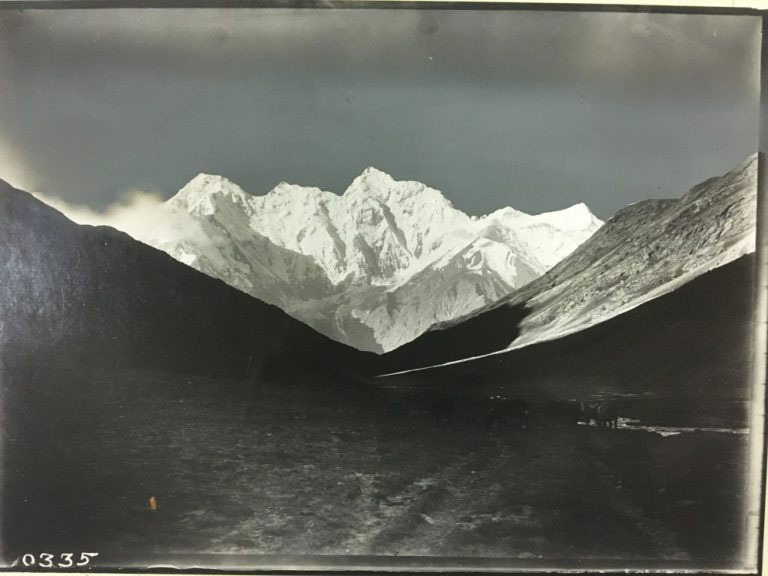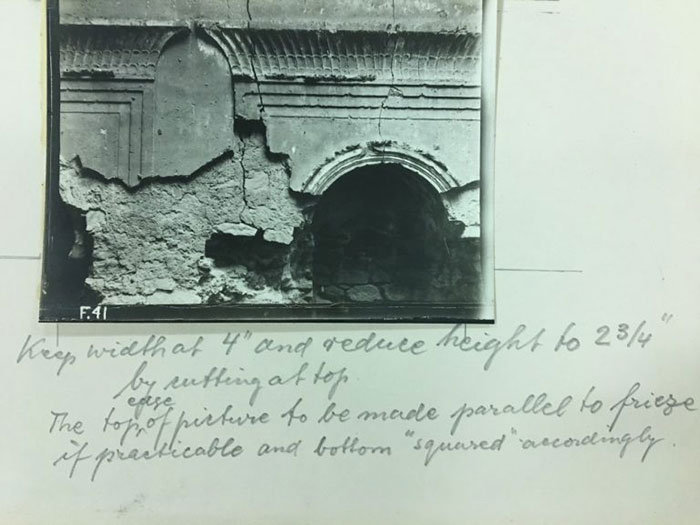Links to some of the RAS Photographic Collections:

The Aurel Stein Collection
The Aurel Stein collection is the largest collection of photographs in the RAS archives, comprising over 800 images in total.
They were donated to the RAS in 1949 by Frederick Henry Andrews.
Sir Marc Aurel Stein was a Hungarian-born archaeologist.
Upon becoming a British citizen he made a proposal to the government to explore, map and study the people of Central Asia. The expeditions, known as the ‘Silk Road Expeditions’, were funded on the promise that he would collect important archaeological and textual artifacts.
Click image to enlarge
Between 1900 and 1930 he carried out four expeditions to Central Asia, conducting excavations as well as surveying, photographing and ethnographic surveys.
The first expedition was funded by the Government of India and the Government of Punjab and Bengal, it took place in 1900-01 and it was agreed that the finds should be used for study in London and allocated to museums. The second expedition was 1906-08 and funded by the Government of India and the British Museum. The third expedition between the years 1913-16 was funded entirely by the Government of India. This time the intention was for the majority of finds to be the foundation for a new museum in New Delhi, and some specimens to be presented to the British Museum. The fourth expedition began in 1930. Stein managed to cover 2000 miles, but the expedition was aborted after Stein heard there were plans to confiscate his passport. He undertook a further expedition in 1933-34 to the Persian province of Fars
Click image to enlarge
Today he is well known for ‘discovering’ the library cave at Mogao Grottoes, also known as ‘Caves of the Thousand Buddhas’, near Dunghuang in 1907.
Here he acquired 24 cases of manuscripts and 4 cases of relics and paintings and was knighted in 1912 for his efforts. There are many images of this in the collection, including interior shots of the frieze and murals.
Click image to enlarge
Several publications were created from the expeditions; Ancient Khotan (1907), Ruins of Desert Cathay (1912), Serindia (1921), Innermost Asia (1928), On Central Asian Tracks (1933), and Archaeological reconnaissances in North-western India and South-eastern Iran (1937).
The RAS has a vast collection of images from each of these series. The images are a document of Stein’s travels and discoveries, covering a wide range of subject matter including excavations, architecture, panoramic landscapes, and ethnography; the photographs are mounted and contain original notes and markings for the printers..
Click image to enlarge
In 1943, at the age of 80, Stein embarked on his long-awaited expedition to Afghanistan, but died in Kabul a week after arriving.
Click image to enlarge





